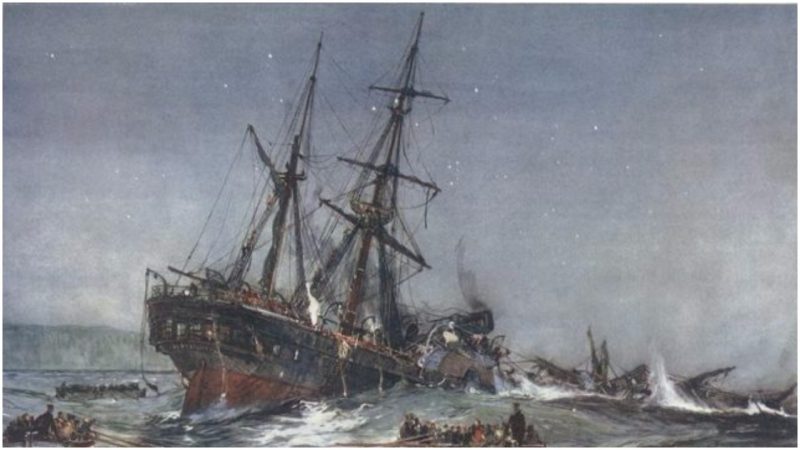Although there is no legal basis for the protocol of women and children first in international maritime law, this unofficial practice has been used since the 19th century, and it began with the unfortunate sinking of a ship called HMS Birkenhead.
HMS Birkenhead was launched on December 30, 1845, by the Marchioness of Westminster, and it was one of the first iron-hulled ships built for the British Royal Navy. Initially, HMS Birkenhead was intended to be a steam frigate, but due to some technical reasons she was converted into a troopship. She was the fastest and most comfortable troop transport ship of the era, capable of reaching the Cape of Good Hope in less than 40 days.
Unfortunately, HMS Birkenhead’s last trip towards the Cape would be her last. It was January 1852 when the Birkenhead, commanded by Robert Salmond, sailed from Portsmouth, England, with orders to take troops to the 8th Xhosa War against the Xhosa people in South Africa. After a short stop at the port in Simonstown on February 1852, the last part of the Journey to Algoa Bay began. The ship sailed from Simonstown on February 25, 1852, with around 640 passengers aboard. With the goal to achieve the best speed, Salmond, made a decision that it would be best if the ship traveled along the coast of South Africa. They were sailing with a constant speed of 9.7 miles/h (15.7 km/h) and followed the coast generally within 3 miles (4.8 km) from the shore. The ship used only its steam engines.
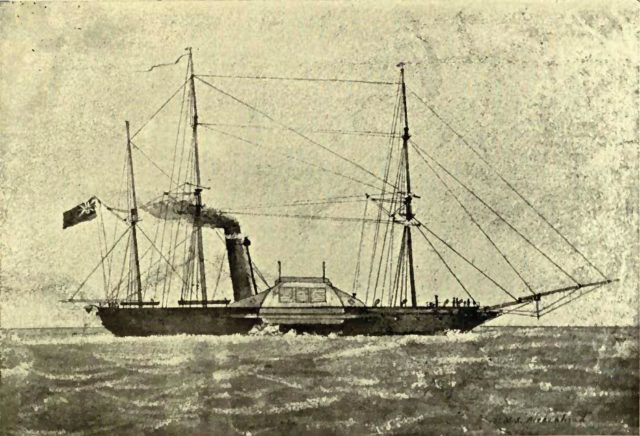
Around 2 am, the headsman reported the depth of 72 feet (22 m) and before reporting another depth, the Birkenhead tragically struck into rock. Although this wretched rock is visible when the sea is rough, it is hardly noticeable when it is calm, like the day when HMS Birkenhead was passing there.
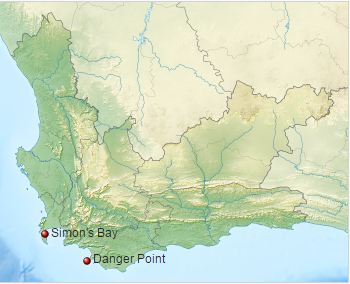
Captain Salmond gave the order to drop anchor, lower the quarter-boats and to turn the ship astern. The ship started moving from the rock, and water started to rush inside the large hole. Another collision happened that ripped the bulkheads open.
In a matter of seconds, the forward compartments of the ship were flooded. A great number of soldiers drowned in the initial moments of the disaster.
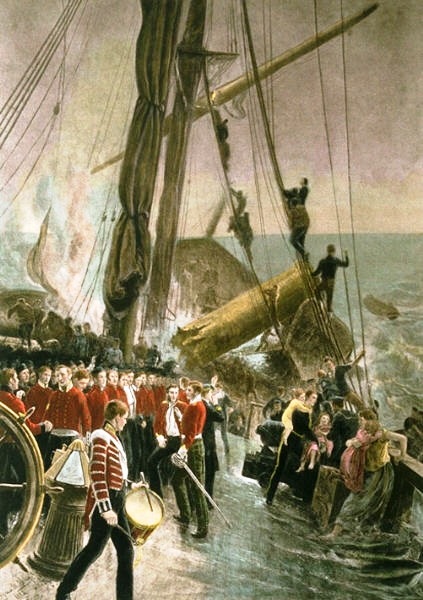
The remaining soldiers gathered on the deck and awaited orders from their officers. A group of 60 men was sent to the chain pumps, and part of the crew was ordered to tackle the lifeboats; the other soldiers were ordered to stand on the highest deck of the ship, attempting to raise the other part of Birkenhead. There were also women and children aboard and they were sent to the ship’s cutter.
Two other lifeboats on the ship were also manned, but unfortunately one of them filled with water immediately, and the other was useless due to inadequate maintenance.
The remaining passengers were left with only three lifeboats, and two of the largest boats with capacity of 150 people weren’t among those.
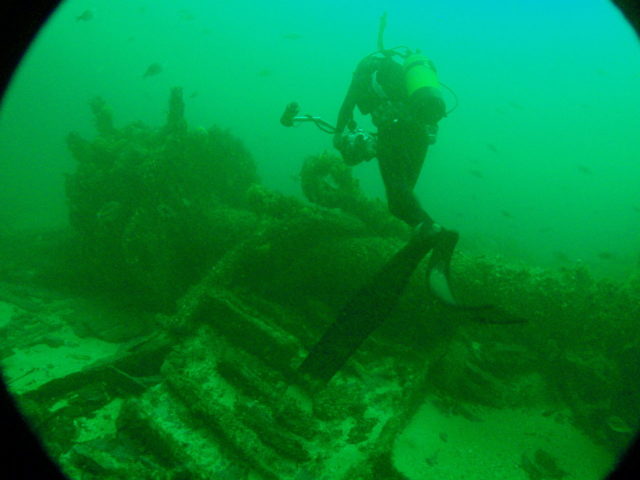
Lieutenant-Colonel Seton of the 74th Foot took command of all military personnel and managed to hold the highest possible level of discipline among the troops. One of the survivors gave the following statement:
“Almost everybody kept silent, indeed nothing was heard, but the kicking of the horses and the orders of Salmond, all given in a clear, firm voice.”
It didn’t take long before HMS Birkenhead struck another rock and the coming of a total disaster simply couldn’t be avoided. All of the remaining men gathered on the stern section which was the only part of the ship still floating.
A few minutes later, this section also sank, and just before it was completely gone, Captain Salmond shouted: “all those who can swim, jump overboard, and make for the boats.” Colonel Seton disagreed with this order because he realized that if the men swam to the lifeboats, they would swamp them and sink them too, putting the rest of the passengers in danger. Seton ordered his troops to remain on board, and most of them did so except for several soldiers who tried to swim to the boats.
The brave soldiers stayed still for more than 20 minutes, clinging to the ships remains. Later, some of them somehow got to the shore after swimming for 12 long hours. Unfortunately, most of the men drowned or ended up being eaten by sharks. The following day, a schooner named Lioness found one of the lifeboats and later arrived at the wreckage of the Birkenhead. They found 40 survivors clinging to pieces of wood. Only 193 people survived the sinking. Today, a lighthouse stands at Danger Point signaling to all incoming ships that there is a dangerous and deadly reef nearby.
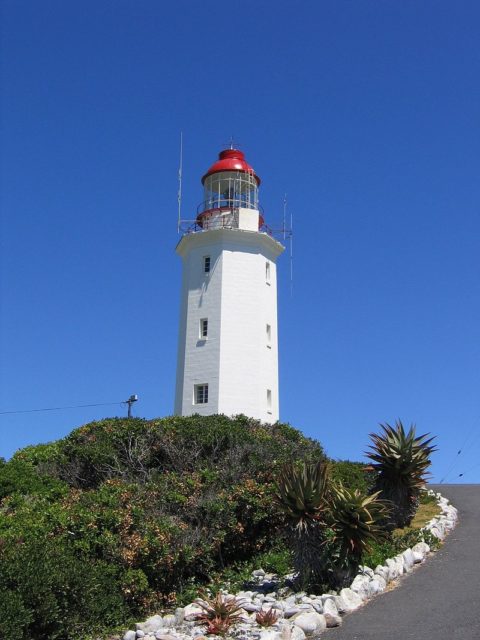
This terrible disaster is remembered not only because of the great death toll; it also became the first maritime evacuation where the standard known as “women and children first” was applied. Soon after the sinking of the Birkenhead, this famous phrase and rule became a standard procedure. In the memory of the courageous crew, this procedure was named the “Birkenhead drill.”
In 1893 Rudyard Kipling, the author of The Jungle Book, wrote a tribute to the brave crew and soldiers of HMS Birkenhead, the men who stood still in the face of death to save the lives of the women, children and their comrades.
